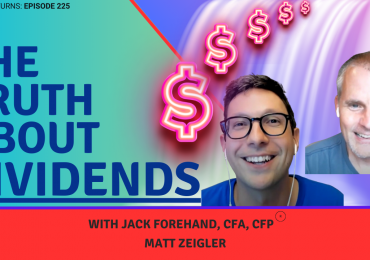Although dividend paying stocks “don’t always win the race” in performance numbers, investors should take a closer look. This according to a recent article in Barron’s.
The article reports that from January 1990 through September 30th of this year, S&P 500 stocks that do not pay dividends saw an annualized return of 12.9% compared to 9.8% for the dividend payers. But closer analysis shows that dividend stocks “have acquitted themselves pretty well, despite that overall performance number.”
The S&P 500 is a market-cap-weighted index, the article explains, so larger companies exert more influence than smaller firms do—it cites the examples of Facebook and Amazon, which do not pay dividends but “sport huge market caps” and have “easily outperformed the broader market in recent years.” On an equal-weighted basis, the article reports, the index’s dividend payers performed slightly better with an annual return of 11.2%, versus 11.6% for non-payers.
According to Leuthold Group director of research Scott Opsal, it’s necessary to look at return data in the proper context. For example, while institutional investors look to beat the S&P 500 or other benchmarks, individual investors “are trying to have a portfolio that meets their investment objectives” including income generation and protection from downside risk. For these investors, says Opsal, “dividends are still fantastic.” He advises investors as follows: “Don’t get caught up reading your statement and saying, ‘I lost to the S&P.’ “









